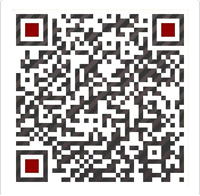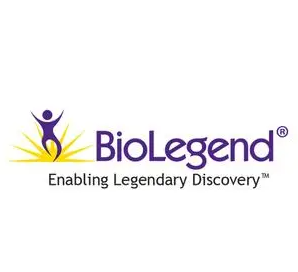1、订购使用抗体产品的客户,在使用产品过程中遇到问题,提出技术支持及其他请求时,我公司接到请求后的24个小时之内做出处理。
2、我公司的所有产品都经过严格的质检后上架销售,如经复核确实存在问题,本公司无条件退款或更换货。
3、所有书面反馈我们收到后48小时内给出答复。
Product Details
- Verified Reactivity
- Human, Cynomolgus, Rhesus
- Reported Reactivity
- African Green, Baboon
- Antibody Type
- Monoclonal
- Host Species
- Mouse
- Formulation
- Phosphate-buffered solution, pH 7.2, containing 0.09% sodium azide and BSA (origin USA)
- Preparation
- The antibody was purified by affinity chromatography, and conjugated with APC under optimal conditions.
- Concentration
- Lot-specific (to obtain lot-specific concentration, please enter the lot number in our Concentration and Expiration Lookup or Certificate of Analysis online tools.)
- Storage & Handling
- The antibody solution should be stored undiluted between 2°C and 8°C, and protected from prolonged exposure to light. Do not freeze.
- Application
-
FC - Quality tested
- Recommended Usage
Each lot of this antibody is quality control tested by immunofluorescent staining with flow cytometric analysis. For flow cytometric staining, the suggested use of this reagent is 5 ?l per million cells in 100 ?l staining volume or 5 ?l per 100 ?l of whole blood.
- Excitation Laser
- Red Laser (633 nm)
- Application Notes
Clone WM59 has been reported to recognize the D2 extracellular portion of CD31.
Additional reported applications (for the relevant formats) include: immunofluorescence microscopy2, immunohistochemical staining of acetone-fixed frozen tissue sections8, blocking of platelet aggregation3, and spatial biology (IBEX)11,12. Clone WM59 is not recommended for immunohistochemical staining of formalin-fixed paraffin-embedded sections. The Ultra-LEAF? purified antibody (Endotoxin < 0.01 EU/?g, Azide-Free, 0.2 ?m filtered) is recommended for functional assays (Cat. No. 303143 & 303144).
The purified WM59 antibody is useful as a capture antibody for a sandwich ELISA assay, when used in conjunction with biotin anti-human CD31 antibody (Cat. No. 536604) antibody as the detection antibody.- Application References
(PubMed link indicates BioLegend citation) -
- Schlossman S, et al. Eds. 1995. Leucocyte Typing V Oxford University Press. New York.
- Muczynski KA, et al. 2003. J. Am. Soc. Nephrol. 14:1336. (IF)
- Wu XW, et al. 1997. Arterioscl. Throm. Vas. 17:3154. (Block)
- Nagano M, et al. 2007. Blood 110:151. (FC) PubMed
- MacFadyen JR, et al. 2005. FEBS Lett. 579:2569. PubMed
- Yoshino N, et al. 2000. Exp. Anim. (Tokyo) 49:97. (FC)
- Sestak K, et al. 2007. Vet. Immunol. Immunopathol. 119:21.
- Wicki A, et al. 2012. Clin. Cancer Res. 18:454. (FC, IHC) PubMed
- Oeztuerk-Winder F, et al. 2012. EMBO J. 31:3431. (FC) PubMed
- Bushway ME, et al. 2014. Biol Reprod. 90(5): 110 (IF) PubMed
- Radtke AJ, et al. 2020. Proc Natl Acad Sci USA. 117:33455-33465. (SB) PubMed
- Radtke AJ, et al. 2022. Nat Protoc. 17:378-401. (SB) PubMed
- Product Citations
-
- RRID
- AB_1877152 (BioLegend Cat. No. 303115) AB_1877151 (BioLegend Cat. No. 303116)
Antigen Details
- Structure
- Ig superfamily, type I transmembrane glycoprotein, 130-140 kD
- Distribution
-
Monocytes, platelets, granulocytes, endothelial cells, lymphocyte subset
- Function
- Cell adhesion, signal transduction
- Ligand/Receptor
- CD38
- Cell Type
- Endothelial cells, Granulocytes, Lymphocytes, Monocytes, Neutrophils, Platelets
- Biology Area
- Angiogenesis, Cell Adhesion, Cell Biology, Immunology, Neuroinflammation, Neuroscience
- Molecular Family
- Adhesion Molecules, CD Molecules
- Antigen References
-
- DeLisser H, et al. 1994. Immunol. Today 15:490.
- Newman P, 1997. J. Clin. Invest. 99:3.
- Fawcett J, et al. 1995. J. Cell Biol. 128:1229.
- Gene ID
- 5175 View all products for this Gene ID
- UniProt
- View information about CD31 on UniProt.org








